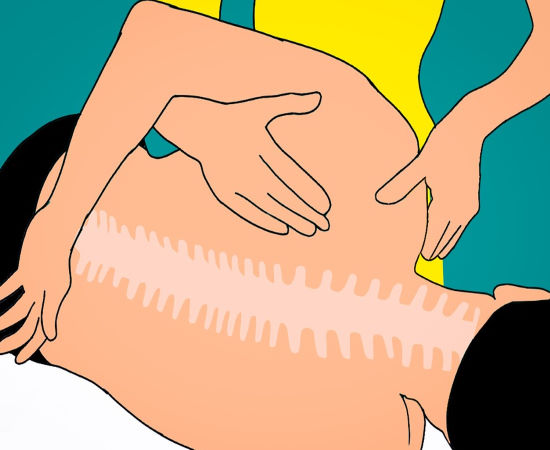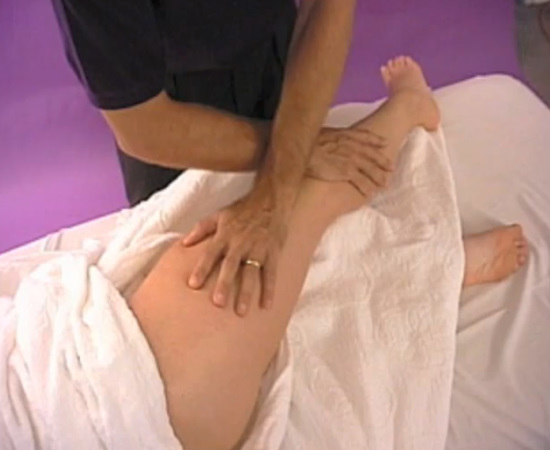Physiotherapeutic Rehabilitation and Functional Reeducation: The Art of Manual Physiotherapy
 Physiotherapeutic rehabilitation is an essential process for recovery from injuries and surgeries. Through functional reeducation, patients can regain full mobility and return to daily activities. Manual physiotherapy plays a crucial role in this journey, offering techniques such as joint mobilization and therapeutic massage to alleviate pain and improve function.
Physiotherapeutic rehabilitation is an essential process for recovery from injuries and surgeries. Through functional reeducation, patients can regain full mobility and return to daily activities. Manual physiotherapy plays a crucial role in this journey, offering techniques such as joint mobilization and therapeutic massage to alleviate pain and improve function.
Joint Mobilization: This manual physiotherapy technique helps to restore movement in joints affected by stiffness and pain.
Therapeutic Massage: A fundamental approach in physiotherapeutic rehabilitation, massage helps to reduce muscle tension and promotes relaxation.
Functional Reeducation Exercises: Customized for each patient, these exercises aim to restore strength, coordination, and balance.
Manual Physiotherapy is a Therapeutic Approach
Manual physiotherapy is a therapeutic approach that relies on the therapist's hands to treat musculoskeletal dysfunctions and promote recovery. Here are some advantages of manual physiotherapy over other techniques:
 Pain Reduction: Manual therapy can reduce inflammation and alleviate pain. Specific maneuvers performed by the therapist can modulate pain and improve functionality.
Pain Reduction: Manual therapy can reduce inflammation and alleviate pain. Specific maneuvers performed by the therapist can modulate pain and improve functionality.
Recovery of Range of Motion: Through techniques such as joint mobilization and deep transverse massage, manual physiotherapy helps to restore the range of joint movements.
Proper Healing after an Injury: Manual therapy can promote proper healing after traumas or surgeries. Targeted maneuvers on tissues help to modulate tissue repair.
Impact on the Sympathetic Nervous System: Manual physiotherapy can have a positive effect on the sympathetic nervous system, contributing to the overall well-being of the patient.
Customization of Treatment: Manual therapy allows the therapist to tailor the treatment to the specific needs of the patient, considering tissue consistency and individual preferences.
Complement to Other Therapies: Manual therapy can be integrated with other therapeutic modalities, such as therapeutic exercise or ergonomic interventions, to optimize long-term results.
In summary, manual physiotherapy offers a range of benefits, acting at both the biomechanical and neurophysiological levels. It is important to consult an experienced physiotherapist to assess whether this approach is suitable for your specific needs.
Contraindications
Manual physiotherapy is a therapeutic approach that relies on the therapist's hands to treat musculoskeletal dysfunctions and promote recovery. However, like any treatment, there are some contraindications to consider:
Neoplasms: Manual therapy is not indicated in the presence of tumors.
Fractures: In cases of bone fractures, manual techniques should be avoided.
Osteoporosis: The bone fragility characteristic of osteoporosis requires caution in the use of manual physiotherapy.
Severe psychological disorders: In situations of severe psychological disturbances, manual therapy may not be appropriate.
Neurological damage: In the presence of nervous system damage, careful evaluation of manual techniques is essential.
It is essential to consult an experienced physiotherapist to assess whether manual physiotherapy is suitable for your specific needs and conditions.
Learn more about Tui-Na massage Learn more about Gianluigi Flauret's method Learn more about Thai massage


